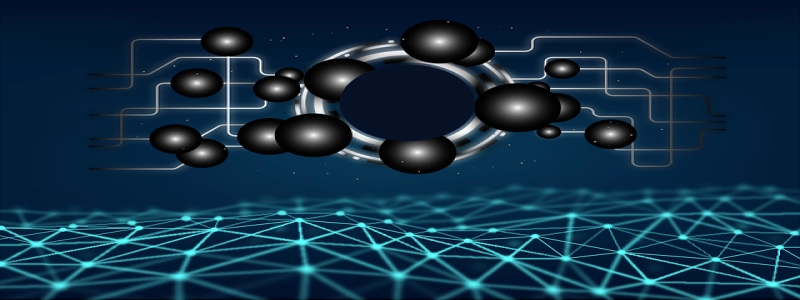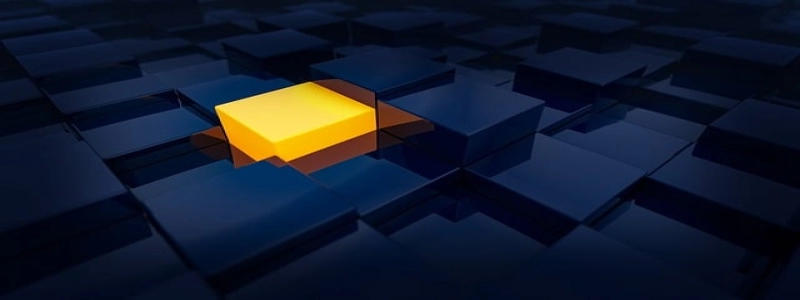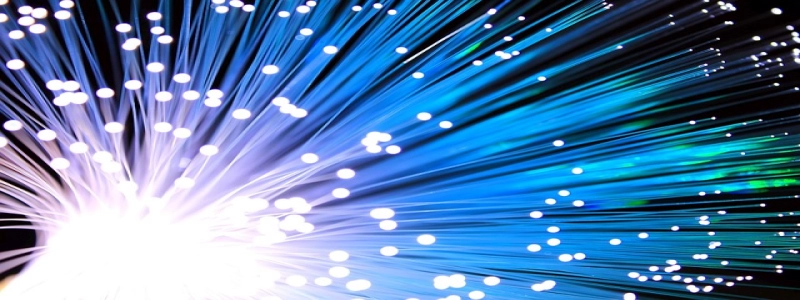Diode vs Fiber Laser
導入:
In the world of laser technology, two prominent types of lasers are widely used – diode lasers and fiber lasers. Both types have their unique characteristics and advantages, making them suitable for various applications. This article will explore the differences between diode lasers and fiber lasers and discuss their respective strengths and weaknesses.
私. Diode Lasers
1.1 Definition:
Diode lasers, also known as semiconductor lasers, are solid-state lasers that generate light through a p-n junction diode. They utilize a semiconductor material, typically gallium arsenide, to produce laser beams.
1.2 Working Principle:
Diode lasers operate by passing an electric current through a diode. When the current flows, electrons and holes recombine at the junction, resulting in the emission of photons. The photons are then amplified to create a laser beam.
1.3 アプリケーション:
Diode lasers are widely used in various fields, including telecommunications, laser printing, barcode scanning, laser pointers, and medical procedures. Their compact size, low cost, and high reliability make them suitable for consumer electronics and industrial applications.
1.4 利点:
– Compact and portable design
– Quick start-up time
– High energy efficiency
– Long operational lifespan
– Cost-effective solution for low-power applications
1.5 Disadvantages:
– Limited power output compared to fiber lasers
– Sensitive to temperature variations
– Narrow wavelength range
– Beam quality degradation at higher power levels
Ⅱ. Fiber Lasers
2.1 Definition:
Fiber lasers, as the name suggests, utilize optical fibers as the gain medium. They are known for their high power output and excellent beam quality.
2.2 Working Principle:
Fiber lasers use a rare-earth-doped fiber as the gain medium. The fiber is pumped with laser diodes, causing the dopant ions to transition to higher energy levels. As the ions return to their ground state, they emit laser light that is guided through the fiber.
2.3 アプリケーション:
Fiber lasers find applications in manufacturing, cutting, drilling, welding, and material processing. They are also used in telecommunications, LIDAR systems, and scientific research. The high power outputs of fiber lasers make them ideal for industrial applications that require precision and high-speed cutting.
2.4 利点:
– High power output
– Excellent beam quality
– Greater stability and reliability
– Larger wavelength range
– Superior performance at higher power levels
2.5 Disadvantages:
– Higher initial cost compared to diode lasers
– Complex design and maintenance
– Limited flexibility in wavelength selection
– Less portable than diode lasers
結論:
In summary, both diode lasers and fiber lasers have their distinct advantages and applications. Diode lasers excel in compactness, affordability, and low-power applications, making them suitable for consumer electronics and everyday use. On the other hand, fiber lasers offer higher power outputs, excellent beam quality, and precision cutting capabilities for industrial applications. The choice between diode lasers and fiber lasers depends on the specific requirements of the application and the desired level of power and beam quality.







